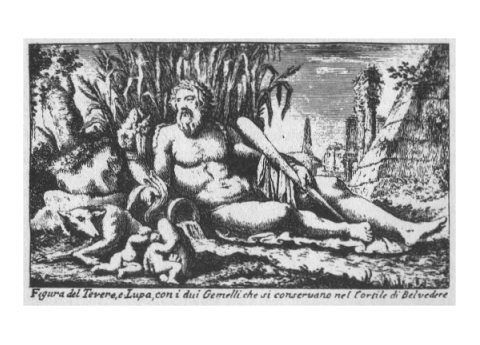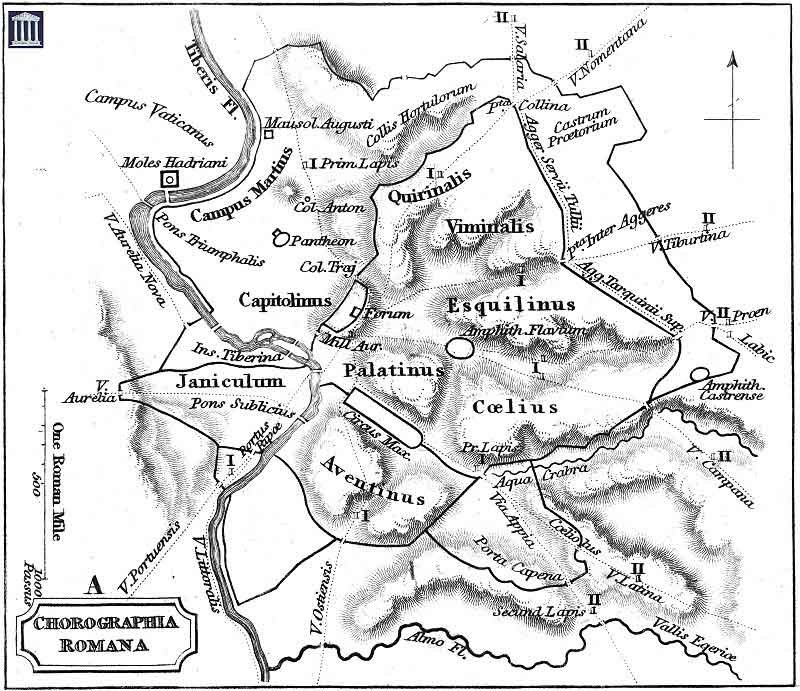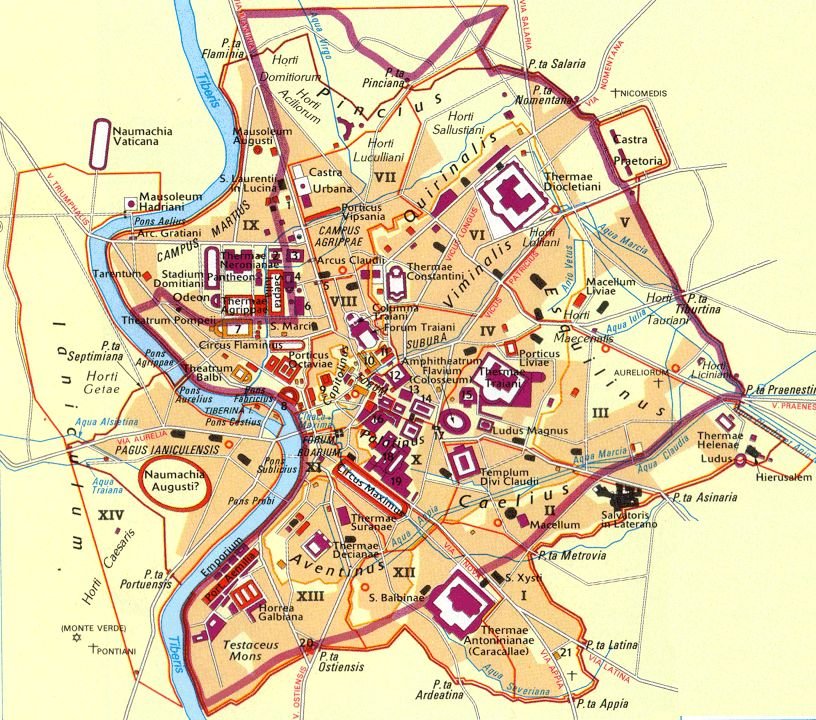
Like many other things
also the seven hills of Rome have changed during the centuries. King Numa Pompilius established the festival of the Septimontium (seven hills), that was celebrated on the 11th of December by a procession that did the round of the graves of the Argei on some hills. The Argei were the heroes that according to the legend took possession of some hills of future Rome from the Siculi and Liguri.
There are different versions, but it seems probable that the festival was celebrated on the three rises of the Palatine (Germalus or Cermalus, Palatium and Velia), on the three ones of the Exquilinus (Fagutal, Oppius, Cispius) and on the Caelius.
The Septimontium was originally a festival of the people who lived on those hills, and this should prove that it dated back to an intermediate period, between the epoch in which only the Palatine was populated, and later times in which people started to occupy other hills. King Servius Tullius, who made a new constitution for the city, extended the participation to the Septimontium to the Sabine inhabitants of the Quirinalis, but the feast remained a memory of the “old” palatinal Rome, as distinguished from its Sabine part.

In imperial times the original meaning of the festival was lost and it became a celebration of the whole city. Then, (G. Vaccai – Le Feste di Roma Antica) at the time of the emperors, when the city had grown bigger, somebody started to wonder which were the seven hills, therefore they were identified with the seven hills that we know today.
The first document that lists them is a description of the city made in Constantinian times (early 4th century), and this is the list:
Aventinus (Aventine)
Caelius (Caelian)
Capitolium (Capitoline)
Esquiliae (Esquiline)
Palatium (Palatine)
Quirinalis (Quirinal)
Viminalis (Viminal)

